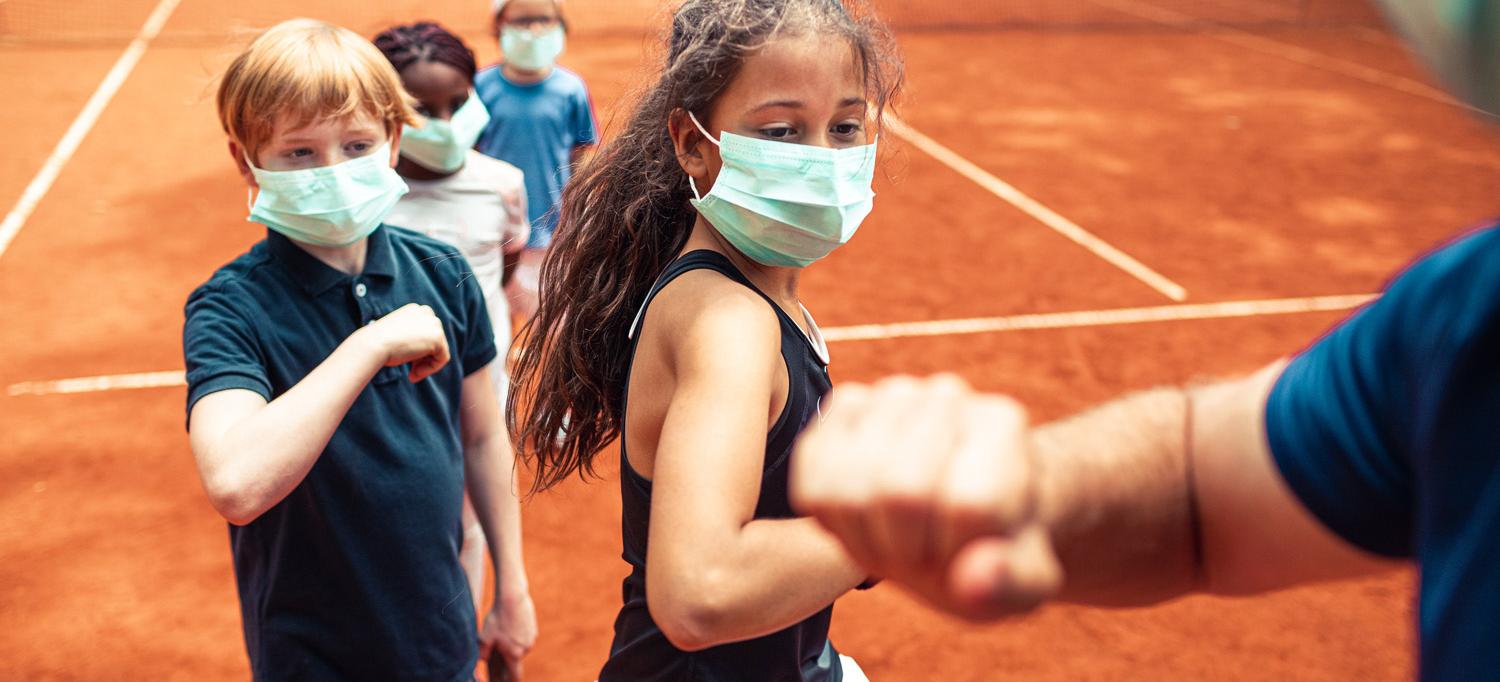 Specialists, with caseloads of hundreds of students moving, exerting themselves, and sharing equipment, have a much higher risk of exposure than a homeroom teacher with a caseload of 25 students, mainly seated at desks and with individual materials. This is simple fact and part of the nature of our jobs. Add to this the mixed messages being received from admin, that we should follow safety guidelines "To The Extent Possible" in rooms too small, with inadequate ventilation, and the risk climbs even higher. With the the numbers of students we see and the nature of our instruction, we are more likely to come in contact with the virus, and because vaccination does not mean that we cannot spread the virus, we are more likely to unknowingly pass it on. This risk increases greatly when staff serving more than one school interact with students in contact with other staff members serving multiple schools. The chain of itinerant teachers who serve large portions of a student body or entire schools, effectively means that everyone in all the linked schools is in contact with everyone else, as well as their families and friends. Last year we published the "Diagram of Doom". This showed how the poorly thought out deployment of specialists between schools resulted in the populations of at least 36 schools being in contact with each other, creating the possibility of widespread contagion among students, staff, and families of the entire district, with specialists at the highest risk of contamination. This year improvements in deployments have made contact circles smaller, but still less than safe. We have seven schools not sharing specialists and then four groups of schools that are connected (three smaller, one big group of 16+ schools). Here is an example of the largest group. Every school on this chart shares possible contact with every other school on the chart through shared specialists. Click here to see all the exposure groups.
While this is an improvement over last year, specialists are still at a greater risk than most staff.
0 Comments
The above is information from Christa Erolin who understands that this is not what we want to hear, but at least lets us know what to expect.-----More of the same.
If you'd like to see changes, now is the time to speak up, like Steve Johnson, PE at Lowell/Fawcett who made a case for the importance of Physical Education in elementary schools. Read Steve's Article--Physical Education as a Priority I have been growing increasingly concerned with the inequitable offerings of music courses in schools across our district. After learning that there is no plan to offer Choir at Hunt Middle school, I decided to address the issue in an email. I thought it might be valuable to offer for music staff to “co-sign” this email. I think this would be a better idea than having us all individually write to address this. That said, I do not presume that all would agree with my words or presentation… Join me if you wish, or don’t 😊. After reading my attached draft, if you would like to co-sign, please fill your name and position on THIS FORM. Peter BriggsBand, Drumline & Piano LINCOLN HIGH SCHOOL Greetings! I am writing this morning to ask some questions and engage a larger discussion around our district’s plan for systemic support of the arts. I felt a mix of concern and devastation when I learned that the music positions posted for Hunt Middle School included a 0.6 position for band/orchestra and no position for choir. Granted, I do not know the long-range plan for program growth at Hunt specifically or if positions may change. I have raised similar concerns with other inequitable course offerings at various schools around our district. This raises issues for me in a few areas, and I’m very curious to know your thoughts. PROGRAM FOCUS TPS affords building principals a large amount of discretion for allocating FTE. This enables buildings to be individualized, innovative and to meet the specific needs of their community. However, skill-based subjects that sequence learning K-12 require a connection and continuity between schools. For example, it does not serve students well to have a middle school offering multiple years of French feeding a high school that does not offer French. Likewise, at Lincoln, our administration sees choir as a core part of our Arts offerings and sincerely struggles to maintain our choral program when Stewart and Giaudrone do not offer choir. What is the wisdom in offering musical theater or dance at a middle school (as I understand Hunt MS will do), when there is no support for these programs at a nearby high school? EQUITY With equity as a core value of our district, how do we justify the decision to have such variance in core subjects between schools? Our current inequity provides unfair advantage to our students that live in a neighborhood with schools offering sequential programming across middle and high schools. These students have greater opportunities and more access to the Arts. Students without these programs are limited in their ability to develop proficiency over multiple years, less likely to pursue arts education post-secondary and unprepared to audition for collegiate programs or scholarships. PROPOSED SOLUTION What we need in TPS is a shared understanding of Core Arts Offerings and a recognition of Auxiliary Arts Electives. In 2015, Amy Eveskcige, then the Executive Director for Teaching and Learning, convened a team to look at equity in our district’s music offerings and to define “non-negotiables that students must have access to and cannot be eliminated through principal discretion.” Here is her original statement of purpose for the group, including background, current practice (at the time), purpose and next-steps. Part way through that work, Marie Verhaar joined our district and continued the conversation. Here is the document that represented our competed work, including the statement for visual arts, band, choir and orchestra that “a core arts program in secondary schools includes a minimum of two levels of instruction in each discipline at each school.” RATIONALE When the “core arts subjects” are strong at each building, it affords the ability to offer auxiliary programs such as guitar, pottery, drumline, piano, print-making, music theater, etc. This structure of uniform core and customized auxiliary courses lays a foundation of equity across our district and provides space for schools to individualize their focus. These auxiliary programs thrive when offered in conjunction with successful core offerings. Individual students and the school as a whole benefit from the skills developed in the core classes and expand on these in the auxiliary courses. When offered at the expense or in place of core offerings, auxiliary classes become isolated programs without a benefit from or greater connection to schools. In such cases, the health of all offerings suffers, and it becomes more difficult to meet the needs of our students and recruit / retain highly qualified instructors. A FEW QUESTIONS:
Read the full article here
...Currently Specialists are getting a raw deal, as you know, because you are living this reality. TPS did not fix our deployments in the fall as we hoped, because they mandated a COVID hiring freeze. And as a result, the district and principals continue to make it more and more complex. So be it, it is a history making pandemic. BUT The issue is, long before the pandemic hiring freeze, open positions, made by folks leaving Tacoma, retring or dying, have not been filled. Remaining jobs just get bigger. WHY IS THIS? It is all about the budget. And RED ALERT! The budgeting process for the next two years has begun. It is happening now. Principals will be having their district FTE meetings in the next 2 weeks. Please discuss with your building admin what the specialist FTE should be in your buildings. Here is what you need to know: There is an innovator article that was posted on the HUB January 27 that explains that the 2 year budget planning process. Watch the 9 minute video that explains Budget by Priority. It is eye opening. To sum up: TPS has a process of allocating every dollar spent which requires that each dollar be attached to a proposal. Everything must be tied to student outcomes. They began to roll out this method in 2014. No one has been formally advocating or proposing on our behalf of our subjects for the last two cycles and the results are obvious. We have had a substantial loss in positions in all 3 specialist areas. Meanwhile other positions, such as building coaches, instructional facilitators and K-3 support have been growing. Because there is no TEA MOU to guide TPS to fund our positions, we have to do it ourselves. In other words, without contract language, we have to inspire those in charge to fund our subject areas. Specialists must get the district’s attention, regardless of how TEA feels about it. Our collective actions last summer made a difference, so we can be inspired our future actions will make a difference as well. We all have to start writing and asking who is in charge of our funding. Who do we write? Everyone. Including members of the public. I have written a number of letters over the last two years and have never had someone tell me about this budget by priority issue from CAB. I have been repeatedly told that specialists are not in my department. I do not think we are in anyone’s department. We are simply a means to fulfill that pesky prep time mandate. But we know how important we are to students, so we must now engage in becoming someone’s budget priority proposal. We must demand it. The budget process focuses on student outcome. Meditate on why you do what you do and what it does for students, and share that. We must find people who will testify on our subject area’s behalf. Do remember-even though this year is this crazy ass pandemic year, we cannot take our eyes off the prize of what must be restored when we go back to regular instruction someday. There is a very real and present danger that we could be further marginalized. There is NO ONE out there to fight on our behalf. IT HAS TO BE US. -Roxane Hreha At the beginning of this year, the district directed building administrators to plan for elementary PE and Music specialists to provide one live lesson and one independent lesson to each class. However, that policy was neither formalized with the union nor officially adopted by district leadership and written down. Now, as hybrid learning learning ramps up, we have been told that the district is giving building leadership the flexibility to adjust their schedules as they see fit.
One of my principals kept the schedule as is with one live/one independent a week, but because of this “flexibility,” one principal decided to create a new hybrid specialist schedule with two live lessons a week - and also leave it up to classroom teachers when they wanted to adopt the new schedule. Now, in the same amount of allocated planning time, instead of planning for one live lesson per grade and one independent, I am planning for:
All of this extra planning is meant to somehow still fit within the allocated planning time of my contractual day, which is already insufficient for all of the prep work necessary for even mildly effective remote lessons. Either I will be unprepared for all of my lessons, or I will be working hours and hours past the end of my contracted day every day of the week. In one case I will be harming my students, and in the other I will be harming myself. Neither of those situations should be acceptable to a district which professes to care for the Whole Student and the Whole Educator. Maggie Ross  I will try to give you a comprehensive picture of the current elementary specialists' issues: Specialists have been concerned about hybrid and remote instruction since the beginning of the planning stages in the summer. The biggest obstacle to both situations is the deployment of specialist staff. When we first began school in the fall, specialists tried to get everyone on board to teach grade level bands and/or to readjust deployments so that specialist programs are less fragmented, making the best of the remote teaching situation for students and staff alike, the goal being consistent, quality instruction for students. We were told flat out that deployments could not change even though specialist assignments were made with no considerations about COVID concerns. Some principals created a standard schedule as if everything was normal and some principals created building schedules based on guidance that only had enough time in the school day scheduled for specialists to teach all of a grade level at the same time. We have all made the best of a bad situation for remote learning. We are now in a very difficult situation with hybrid learning where we will have students who need instruction in PE and Music on days when their specialist teacher is not scheduled at their school. Or we have teachers who are teaching half of the class at home and half of the class in the classroom with the classroom teacher as the monitor. This is NOT an effective use of anyone's time and energy. The classroom teacher only gets 2 days of instruction with their students and they have to be classroom monitors for PE and/or Music classes which cannot be taught to their fullest potential because we can't do singing, wind instruments or movement in the classroom (in person). We also have the additional issue of asynchronous lessons. Some of these are scheduled on days when the students are in person, however it is unclear if they will have 1 to 1 devices at school or not. (Some specialists have been told yes they will bring them back and forth to school and some have been told no they won't). It is also unclear whether we will be able to have students use supplies (such as rhythm instruments) in face to face instruction or if they will have to leave those at home. There is no plan for specialists classes from the district, and it has not even been considered. No one from the district has asked elementary specialists what we have thought about returning to school. No one has accessed our ideas. We have not been invited into the conversation by the district, a full 10 months into this pandemic situation. We've been thinking outside the box and trying to problem solve since March of 2020. The administrators at CAB haven't thought at all about what our jobs are like or about how we are working harder than ever to reach students and bring them the joy and excitement of PE and Music. They just keep thanking us for our flexibility while showing none of their own. We are to the breaking point. Can we make it work? Yes, of course we can. Will it be what's best for students? Probably not. Will it be what's best for classroom teachers? Probably not. Will it be what's best for families? Probably not. Will it be what's best for our specialists teachers? Definitely not. Will it be best for our specialist programs? Definitely not. How many of the elementary specialists are looking for other work once this is over? You should ask.....you may be surprised. It's the district's turn to be flexible. Give specialists time and flexibility to move their schedules around to make students' educational experiences better. Get the principals to allow changes to schedules so that students can fully access PE and music. Elementary students will be home for 3 days a week. Why can't PE and Music live classes be rescheduled for those times so they can fully participate? It is possible if the district and principals are flexible with deployments. I would bet that if anyone asked, there is at least one specialist at each elementary building who has a great idea of how to solve this problem for their building and situation in order to make the students' education better and to make the classroom teacher's job easier. We need to be included in the solutions and planning. We need TEA to stand up for us and our colleagues who will be trying to implement this poorly thought out plan. Even our professional development for this week devolved into a problem solving session for how to teach during the latest iteration of a badly planned return to school that we have been left out of planning. We are now not even able to use our reserved professional time for the purpose intended. So, do we forge ahead with little planning and lots of stress and inequitable access to specialist education or do we pause for a moment to make some complete plans? What is TEA going to do? What is TPS going to do? Penny Cramer Sherman Elementary Music Teacher  As we plan for students returning to classrooms there a myriad of details to consider. As specialists we need to think it through and offer some solutions because it is unlikely that someone will do it for us. Everyone is stressed. Principals desperate to cover all the bases are asking, "Would be a problem for Music and PE instruction to happen during student lunches?" Now is the time for collective wisdom. While each of us is in a unique situation, each of us is an expert on what will work for us. Please share what's happening in your neck of the woods with union, admin. and Tacoma Specialist representatives so that we can identify disparate(desperate?) working conditions and make sure that our students and colleagues can have the best experience possible. Here are a few points that have already been raised: What is going to work, what are the problems? -will we have classes split between those in person and those in home? -will students have their laptops when they are in person? -if students are in class for live lessons or even asynchronous will they have to bring their materials to school for specialists classes? -what about specialists who are in a different buildings when the students are in person. Regardless of what format we are in, we are only teaching one LIVE class per group per week. -those who are at 2 schools CANNOT teach 2 live lessons per week because they are at a different school on days when asynchronous lessons are being delivered. Return to school: Too soon. Seattle Public Schools will not return until March 1st. Regardless of our job safety (we are home until everyone is back face-to-face), if you think it is too soon to return, please express that as well. Click the button to see more information, reply to Shannon's request for input, contact your administrator, and to help us get an idea of what's going on district wide. Hi, my name is Mike Caldwell and I teach at Crescent Heights Elementary and Delong Elementary. This is my 29th year of teaching and my first time teaching at two schools. As most of you know it’s a difficult time for us, students and parents during remote learning time. Everybody is working hard to do their best to for all involved to succeed. It does feel at times the deck is stacked against us. I miss being with the students. Tough to do “physical” education with students online. For me physical education is getting students to move, to play cooperative games, to learn life skills about maintaining a healthy body and to have fun playing sports. To make it even tougher is for our students to have more than one PE/Music teacher at a school. I have found at both schools that students love to be active. But it takes time to develop those relationships at school. I still have relationships at CHE but only half the school. I’m sad I don’t get to see the other half of the school. Same can be said for Delong. Replacing a legend like Gail Johnson can be tough but only seeing half the kids makes it tough to start a new program.
I feel I have created a successful program at CHE. I have long lasting friendships with my staff, parents and students. I know the parents CHE, since my own children went there. I love the community. I’ve been connected to this community since 1989 when I started coaching Boys’ and Girls’ Soccer. (I even teach some of the children of the players I coached at Stadium their kids.) So, coaching at Stadium and now Meeker and teaching at CHE I feel this is my community!! It feels like the district didn’t consider when they moved teachers all over the district. What effect it would have on our primary school. What each specialist means to their schools. Even now here in December specialists are shuffled around to other schools. Imagine the shock of being moved from your home school in the summer, in the fall or even in December because your told it’s a “numbers” thing even though the numbers at your school say your FTE is .8 or a 1.0. It feels like TPS is turning our profession into a job. Delong and Crescent Heights should both have just one teacher. At beginning of the school year FTE was 1.0 and .8 at the respective schools. But instead each have two teachers with two different programs. Is this really “What’s best for kids”? IDK ☹ 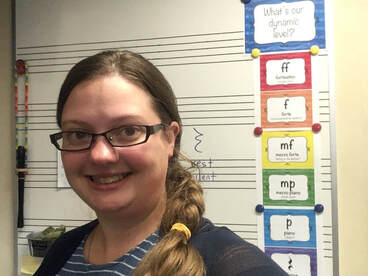
Meet Maggie Ross, a specialist who is taking time to tackle technology so that she can continue connecting with students and encourage independent learning. See the preparations, presentation skills and practice involved in creating a short lesson video for students. Where does the time go?
In Maggie's 4 years in the district she has served at 5 different schools, each year sharing students with a second teacher. This means having to start over with new students and initiating a new program every year. Seeing students only once or twice a week, this greatly hampers teaching and learning. In teaching preparation courses we are taught to plan a program to span a student's school career. This gives us time to build collaborative relationships with staff and students and to maintain a spiral curriculum, broadening and deepening student understanding as they develop over the years. Student turnover happens, and cannot be controlled, but teacher turnover is much more easily managed. Our human resources can be so much better managed by allowing young(and old) teachers to put down roots and flourish. Strong creative, and capable teachers are likely to go elsewhere to find more rewarding work if the current deployment practices continue.
Timing Breakdown:
7 minutes: Create several different versions of the Tempo visuals in order to have one that will work with the Screencastify video 5 minutes: Try over and over to get Screencastify to show both my screen and the embedded webcam 10 minutes: Multiple takes of the video until I had one with ok-enough sound and only minimal mistakes 5 minutes: Save the Screencastify video to the linked Google drive, then export it to the computer as an MP4 video 5 minutes: Upload the video to the Sway I created for independent music lessons
Timing Breakdown:
15 minutes: Multiple takes of part 1 (upper half, explanation and playing/singing) 3 minutes: Render part 1 10 minutes: Several takes of part 2 (lower half, doing the signing) 2 minutes: Render part 2 3 minutes: Adjust sound balance, watermark, other design elements within app 10 minutes: Render, upload, and save video to phone 1 minute: Upload to computer 15 minutes: Upload the video to the Sway I created for independent music lessons
Time is of the Essence
|
Archives
September 2021
Categories |
Proudly powered by Weebly
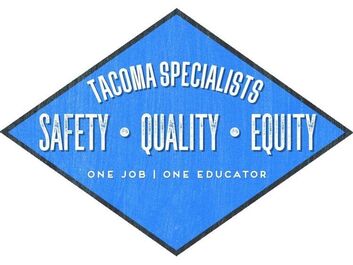
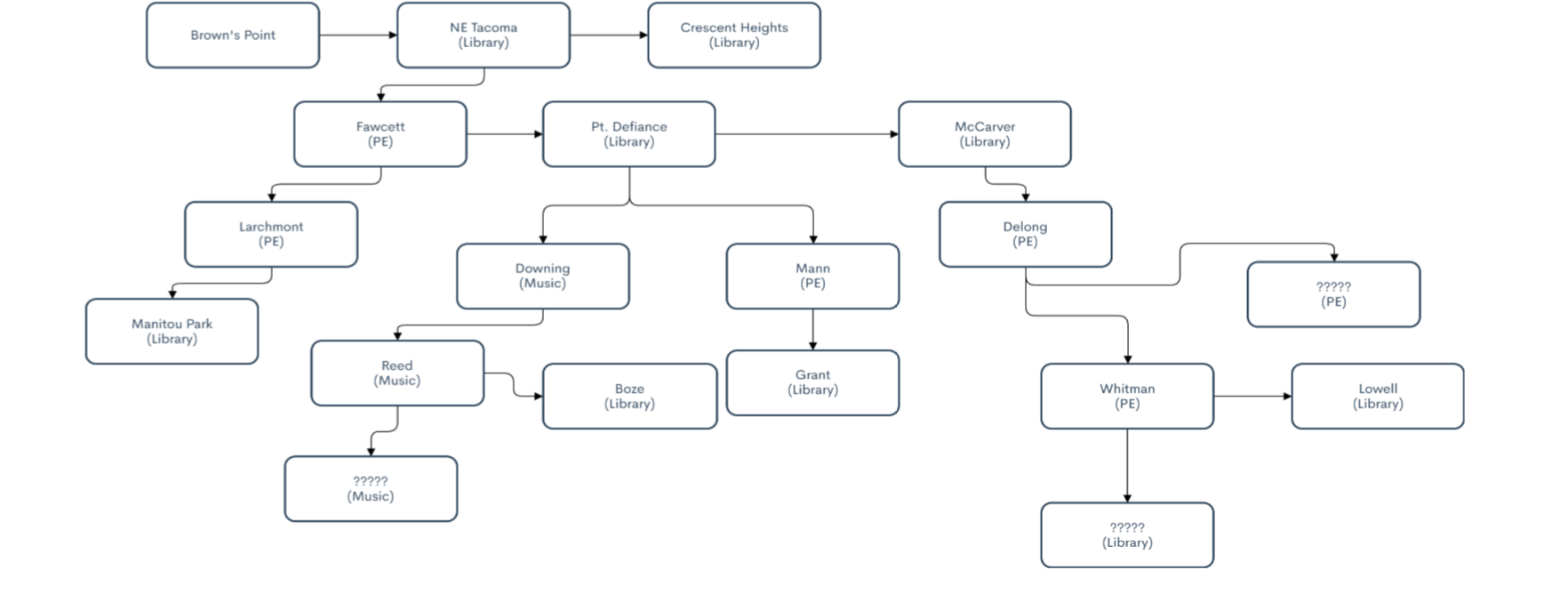
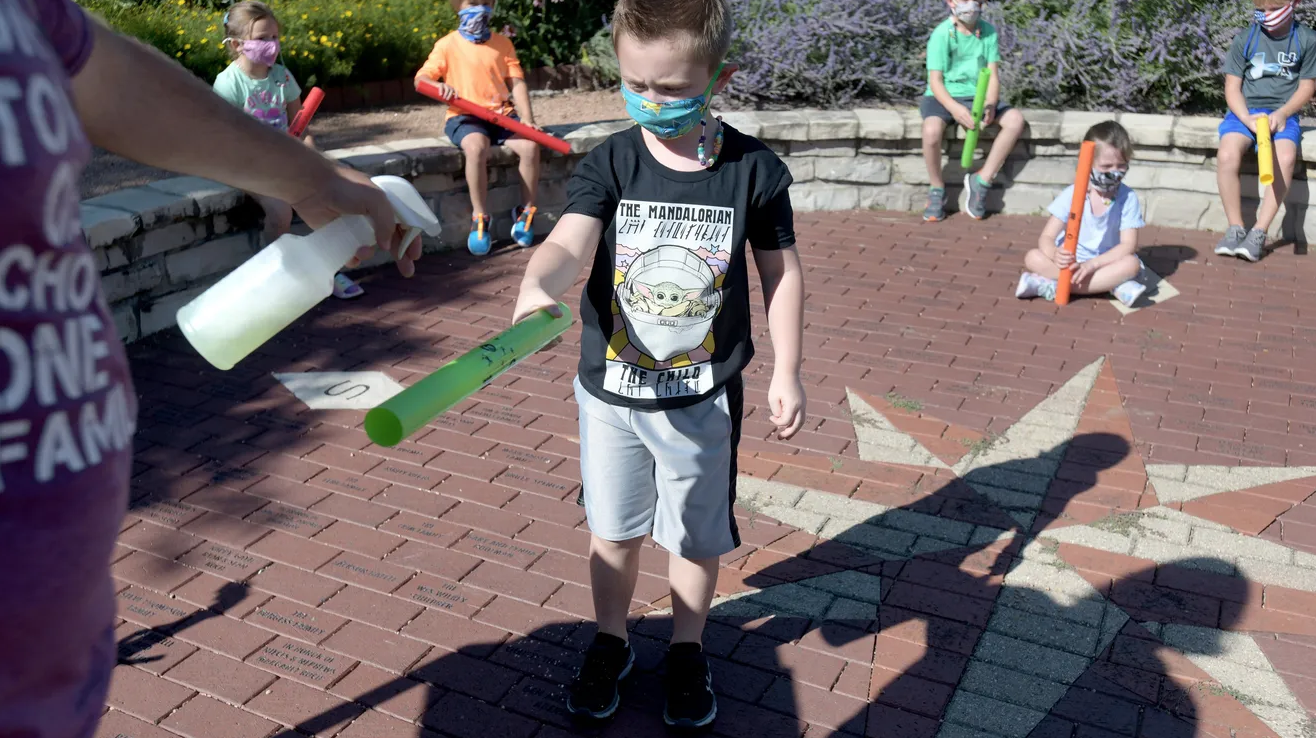
 RSS Feed
RSS Feed